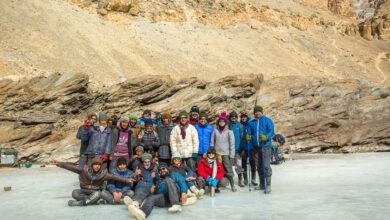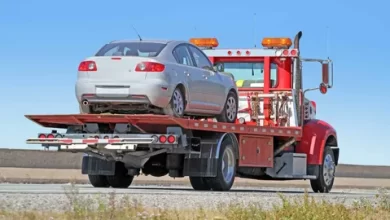Can I drive a dirt bike on the local streets?
Dirt bikes, with their rugged design and off-road capabilities, are a favorite among adventure enthusiasts. However, the excitement of riding these powerful machines often leads to a common question: can you legally ride a dirt bike on local streets? The answer is multifaceted and depends on various factors, including local laws, the type of dirt bike, and its modifications. Here’s a comprehensive look at the considerations and regulations surrounding riding dirt bikes on public roads.
Understanding Dirt Bikes and Street Legality
Dirt bikes are primarily designed for off-road use, featuring lightweight frames, high-ground clearance, and knobby tires for better traction on unpaved surfaces. Unlike street motorcycles, they often lack the necessary equipment for road safety, such as headlights, turn signals, mirrors, and horns. Consequently, they are not initially compliant with road safety standards set by transportation authorities.
Legal Requirements for Street Use
To ride a dirt bike legally on public streets, it must be converted into a “dual-sport” or “street-legal” bike. This process involves adding the required equipment to meet road safety standards. The exact requirements vary by state and country, but generally include:
- Headlights and Taillights: These must meet specific brightness and placement standards.
- Turn Signals: Functional indicators are necessary for signaling turns and lane changes.
- Mirrors: At least one, but often two, mirrors are required for rear visibility.
- Horn: A working horn is mandatory for alerting other drivers and pedestrians.
- License Plate: A properly mounted license plate with illumination is needed.
- Tires: Street-legal tires that comply with road use standards.
- Speedometer and Odometer: Instruments to track speed and distance traveled.
Registration and Licensing
Once the dirt bike is equipped with the necessary modifications, it must be inspected and registered with the local Department of Motor Vehicles (DMV) or equivalent authority. The registration process often includes:
- Inspection: To ensure the bike meets all safety and emissions standards.
- Title and Registration: Obtaining the appropriate paperwork and license plate.
- Insurance: Securing liability insurance, which is typically required for any motor vehicle on public roads.
Additionally, the rider must possess a valid motorcycle license or endorsement, which usually involves passing a written test and a riding skills test.
State and Local Variations
Laws regarding the street use of dirt bikes can vary significantly by state and municipality. Some areas have more lenient regulations, while others strictly prohibit dirt bikes on public roads. For example:
- California: Requires stringent emissions standards and specific equipment for street-legal dirt bikes.
- Florida: Has a relatively straightforward process for converting and registering off-road bikes for street use.
- New York: Generally prohibits dirt bikes on public roads, with limited exceptions for properly modified and registered bikes.
Off-Road and Dual-Sport Alternatives
For those who prefer not to go through the hassle of converting a dirt bike, there are alternatives such as purchasing a dual-sport bike, which is designed for both off-road and on-road use straight from the factory. These bikes come pre-equipped with all necessary road-legal features and are a popular choice among riders who enjoy versatility.
Conclusion
While it is possible to ride a dirt bike on local streets, it requires significant modifications, proper registration, and adherence to local laws. Understanding the specific requirements of your area and ensuring your bike meets all legal standards is crucial for a safe and lawful riding experience. Whether you choose to convert your dirt bike or opt for a dual-sport bike, always prioritize safety and compliance to enjoy the thrill of riding both on and off the road.


